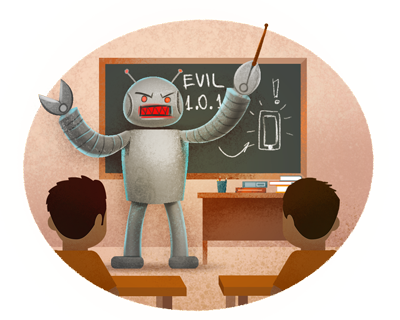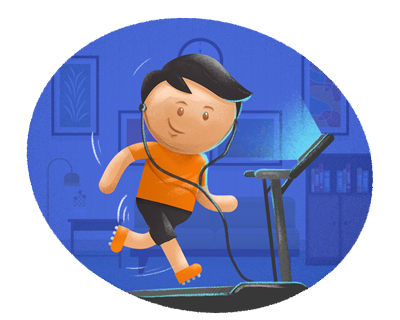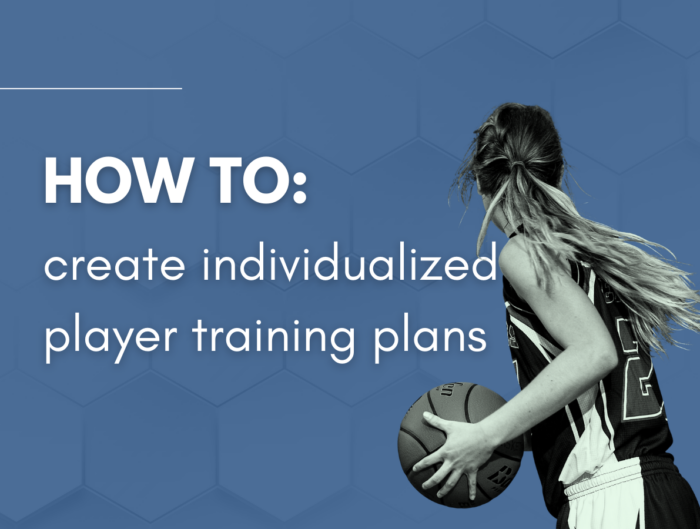Fine, I’ll admit it. There was once a time when I was highly skeptical (to say the least) about the benefit that wearable technology could have in coaching sports – especially youth! I had little interest in accepting that any type of technology could serve to enhance one of the purest forms of recreation – kids playing sport…
Fast forward a few years and here I sit now as co-founder of Beyond Pulse. We utilize smart-monitoring technology to support coaches and to ensure our youth benefit more from their sporting participation. Now, this blog is not so much about my own personal transformation around this idea. Instead, I want to reach out to all other skeptics out there and provide an argument for why I now believe the youth sport environment can benefit greatly from the introduction of some technology.
To support me in this quest, I introduce an article by Ashley Casey, Victoria A. Goodyear and Kathleen M. Armor published in September 2016 in the leading Sport, Education and Society journal. In a nutshell, the authors attempt to challenge the negative ideas associated with the use of technology for youth and its impact on general health and physical education. The authors position this argument in the context of how Digital Technology (DigiTech) has been used in the classroom…
(Why do we care about a study based in the classroom I hear you say? Really simple. Teaching is Coaching. Coaching is Teaching. Ideas in how to coach and how players learn all come from educational philosophy (whether we realize it or not). Frankly, I believe the youth sports arena today would be far improved if the focus was on how players learn and not so much about what they are being taught. Education can teach us this. Anyway, I’ll step off my soap box on this for now and maybe write a blog on this thought soon!)
…In the end, the authors conclude with a rationale for why we should be critical of these previously held beliefs and embrace DigiTech as a means of improving the entire learning process for all stakeholders including the players, coaches and their parents.
*Small print – For a full list of references used to inform this blog, please see the reference list below!
First, let us understand the critiques:
- DigiTech will enforce negative discourse around player accountability, reducing all performance to mere numbers and statistics (Gard, 2014).
- Teachers and coaches will become redundant and replaced by the information DigiTech provides (Gard, 2014).
- The introduction of DigiTech plays a bigger role in the beginning of data-led surveillance on every child – resulting in Big Brother coming alive in the school environment (Lupton, 2015).
- DigiTech will eventually rule all educational practice through commercially driven “evidence-based” results (Williamson, 2015).

In summary, the above authors warn of a digitalized autocracy in the classroom, that robs teachers of their emotional intelligence and replaces all planning and information with data-led precision. It is important to note, none of these warnings are evidence based themselves… and each one of these points can easily be flipped on their head and turned in to a “positive”. Before identifying some of these ideas, it is important to root these in their ultimate connection to teaching and coaching pedagogy. And what is pedagogy?
Pedagogy is the connection between three dimensions: (i) learners and their learning, (ii) teachers and their teaching and (iii) knowledge in context (p. 4).
Casey, Goodyear and Armour (2016)
So, let’s center the arguments for DigiTech in each of these three categories.
Learners and their learning.
- Such technologies are both socially and culturally relevant in the lives of today’s youth. More than ever, children interact with technology in more and more advanced ways. DigiTech in sport can therefore engage young people in learning about health, physical education and the body!
- Given the obvious connection between youth and technology, this can be used for fresh ways in which teachers can connect and engage young people in a language they understand that is both immediate and attractive.
Teachers and their teaching.
What is most interesting here is the apparent divide between learners (young people) and teachers (typically older people – except for those pesky innovators and early-adopters) in their relationship to technology. While technology plays a crucial role in the everyday lives of youngsters, most teachers meet technology with apprehension and uncertainty, stemming from a general lack of knowledge of how it all works. So, there is an opportunity here…
- If done well, DigiTech has the ability the reform the way in which teachers are taught to teach, and close the generational gap of understanding between the learners and teachers.
- Given the necessary support, DigiTech has the potential to breathe new life in to teacher and coach CPD that “allows teachers to focus on complexity, addresses contemporary challenges, bridges research and practice, and nurtures their career long growth as learners” (p. 8). Simply put, such technology has the ability to seriously improve teaching pedagogy!
Knowledge in context.
With a combined effort in how the learners learn and how the teachers teach, the knowledge around sport and activity can be improved immensely. There is a need for curriculum in school-based physical education to evolve more in to lifestyle-based practices and activities that enhance the child’s overall health and wellness. The DigiTech can champion these connections between activity and health by offering data driven insights connecting more broadly to the child and their bodies. However, many school programs are still stuck in the era of skills-based PE that isolate the teaching of sport to the sport itself. This is where the application of DigiTech can really piece together all elements of sports participation and its relationship with healthy and happy lifestyles!

So what’s next?
It is absolutely crucial to acknowledge that any type of DigiTech must be grounded in pedagogy – that is, how does technology match with how we are trying to teach our students? If the technology is just floated out there without any real direction then it loses practically all of its momentum and potential. So, one of the main focuses need to be on how to maximize the application of DigiTech as it relates to the individual needs of a diverse range of learners.
“DigiTech is not a ‘gizmo’ but a pedagogical intent to help learners learn” (p. 12).
Casey, Goodyear and Armour (2016)
However, this is still uncharted territory!
From the few studies that have been conducted around how teachers have previously used DigiTech in the classroom, it was found that the learning potential was not fully actualized because teachers did not have the opportunity to learn how to maximize this opportunity themselves. Additionally, it is easy to understand that “we don’t know what we don’t know”, and this logic applies to the realm of DigiTech in teaching – it just hasn’t really been done yet. So with that in mind, below are three steps we need to consider:
Step #1 is to ensure that teachers and coaches have the proper training in how to maximize the technology at their disposal. *Note – this is our primary goal at Beyond Pulse. Our core identity is in education and we understand this first step to be the most crucial in the success of DigiTech on the field*.
Step #2 is being brave enough to reimagine how technology can reform and improve the way in which coaching is currently being delivered.
Step #3 concerns the realization that any DigiTech application should be recognized as a vehicle to support what is already happening in the classroom or on the field. At Beyond Pulse, our position is very clear. Is the humanistic side to coaching still front and center of the child’s learning experience? YES! Is technology going to solve all the problems? NO! Does there need to be a balance between both? Yes, we strongly believe so. However right now that balance does not exist. This is where we come in.
We are proud to provide a “DigiTech” vehicle for the players to learn, for the coaches to improve and for the overall youth sport experience to serve as the solid foundation for a lifetime of healthy activity and sporting participation.
References
Casey, A., Goodyear, V. A., & Armour, K. M. (2017). Rethinking the relationship between pedagogy, technology and learning in health and physical education. Sport, Education and Society, 22(2), 288–304. https://doi.org/10.1080/13573322.2016.1226792

 FRA
FRA































